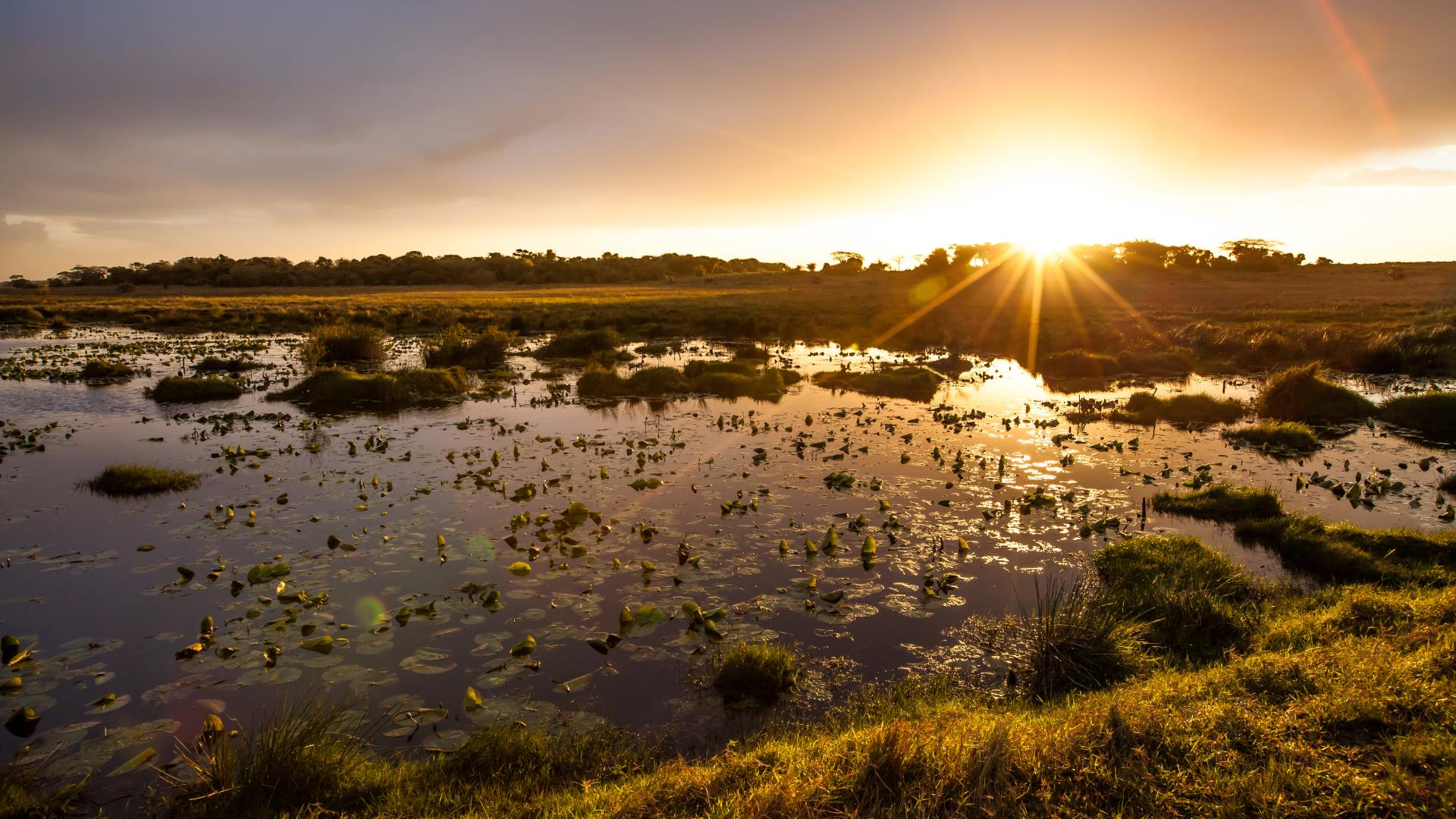What is the Living Landscape Project?
The Living Landscape project aims to further develop and raise awareness about a new conservation paradigm entitled ‘convivial conservation’ in Southern Africa. Convivial Conservation is about combining the long-term care for biodiversity with social justice. It has been designed to overcome fundamental problems with mainstream forms of conservation in South Africa and globally: they separate people from biodiversity through an emphasis on fences and protected reserves; they embrace rather than challenge economic models that maintain and often even worsen inequalities and injustices; and, ironically, they do all this while promoting forms of growth that hurt people and biodiversity.
Convivial Conservation
Convivial conservation is different, and based on two foundational principles. The first is to see conservation as a mechanism to transform the economy, one that aligns human needs with those of the rest of life. The second principle is to acknowledge that people are and have always been a part of nature and that diverse natures need to flourish more freely in human landscapes. We therefore take ‘convivial’ seriously: it literally stands for a vision where conservation allows everybody to ‘live with’, enjoy and care for the rest of nature – not just those who can afford it.
The Living Landscapes project promotes this vision by disrupting mainstream forms of conservation, by transforming conservation ideas, practices and networks and by renewing conservation to become an inclusive, just and sustainable sector. It focuses these elements on the sector as a whole and – for now – on three specific landscapes: CASES and links to separate pages
In this process, some human places will become wilder and some wild areas may become more human.
Which Living Landscape do we work within?
We focus on three diverse landscapes, where communities suffer different forms of dislocation, disinheritance and displacement. We hope to enable, create and establish conditions for a network and community of practice around convivial conservation in each of these living landscapes.

Mapungubwe Landscape
The Mapungubwe Landscape straddles the borders of South Africa, Zimbabwe and Botswana at the confluence of the Shashe and Limpopo River. The Landscape’s cultural significance is exemplified by the Mapungubwe hill which was settled 1220–1290 by a great kingdom. Along with Great Zimbabwe, Mapungubwe is to Southern Africa what the Mayan empire is to South America. Contemporary land uses include mining, conservation and various forms of farming spread out on a mosaic of private, communal and state land. These land uses come against the backdrop of colonial and apartheid evictions which have resulted in multiple competing land claims. We are engaging the department of labour, local economic development and agriculture in Musina and Polokwane to understand the institutional and policy landscape while our central foci in Mapungubwe is a community of successful land claimants.
The farm, Den Staat, shares a fence with Mapungubwe National Park and so wildlife such as elephants, wildebeest and Kudu traverse this farm daily while the inhabitants participate in subsistence fishing, commercial agriculture and hunting. By understanding the life of Den Staat from the livelihoods activities, care work and nightlife to engaging with specific groups including youth, livestock owners, women’s money lending schemes, we plan to identity how to amplify the vibrant activities on the farm while simultaneously disrupting mainstream conservation.

iSimangaliso UNESCO World Heritage Site
The iSimangaliso Wetland Park (IWP) covers more than 330,000 hectares, stretching 220 kilometers along the Indian Ocean from Kosi Bay in the north and
Maphelane south of the St Lucia estuary and covers 9% of the coastline of South Africa. A UNESCO World Heritage site, RAMSAR status for its pristine terrestrial-oceanic nature conservation. The IWP was socially constructed and reproduced within a historical geography characterised by local black tribal community displacement and deeply engrained spatial injustices that systematically, and gradually excluded these communities from practicing their nature-based livelihoods, in the name of conservation. The state-led and market-based conservation manifested in fencing of protected areas led to exclusionary access to marine and natural resources for the elites, and chronic conflict between park authorities, and local tribal communities over natural resources. These conflicts have caused variegated degrees of violence, and criminalisation of nature based livelihoods against marginalised people within neighbouring local tribal communities.

Cape Town
The Cape Town case is set in Rondevlei and Zeekoevlei including the corridor to False Bay, Atlantic Ocean within False Bay Nature Reserve. Located in the southern part of the City of Cape Town, we will focus on the two vleis (wetlands) and the surrounding landscape which includes one of the city’s major waste dumps. The Coastal Park Landfill in Capricorn exists alongside informal and formal settlements, a business park, nature reserves and a sewage works. The vleis are also home to a large number of animals which include re-introduced hippos, birds (including migratory birds from Siberia), reptiles, amphibians and plants. The nature reserves of Rondevlei and Zeekoevlei and adjacent settlements and business areas pose various and unique environmental governance challenges for the city administrators and other stakeholders. By focusing on a landscape with the complex mix of tensions, challenges and environmental significance, a clearer view of how convivial conservation can be integrated into this urban setting can be established. In this way, we expect to offer greater consideration for the livelihoods of the surrounding communities, while being alive to the environmental needs of the area and its effect on the broader cityscape.
University Partners



Donors











